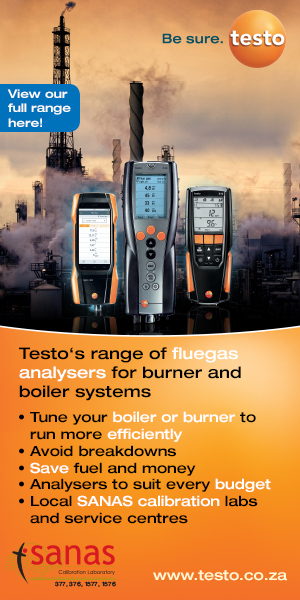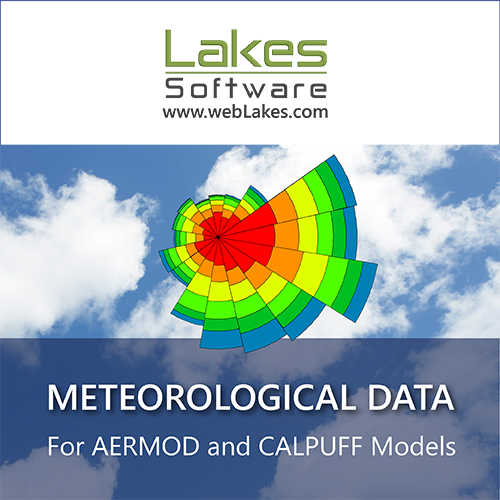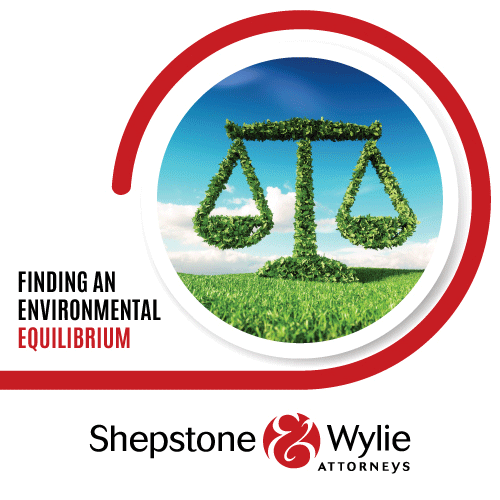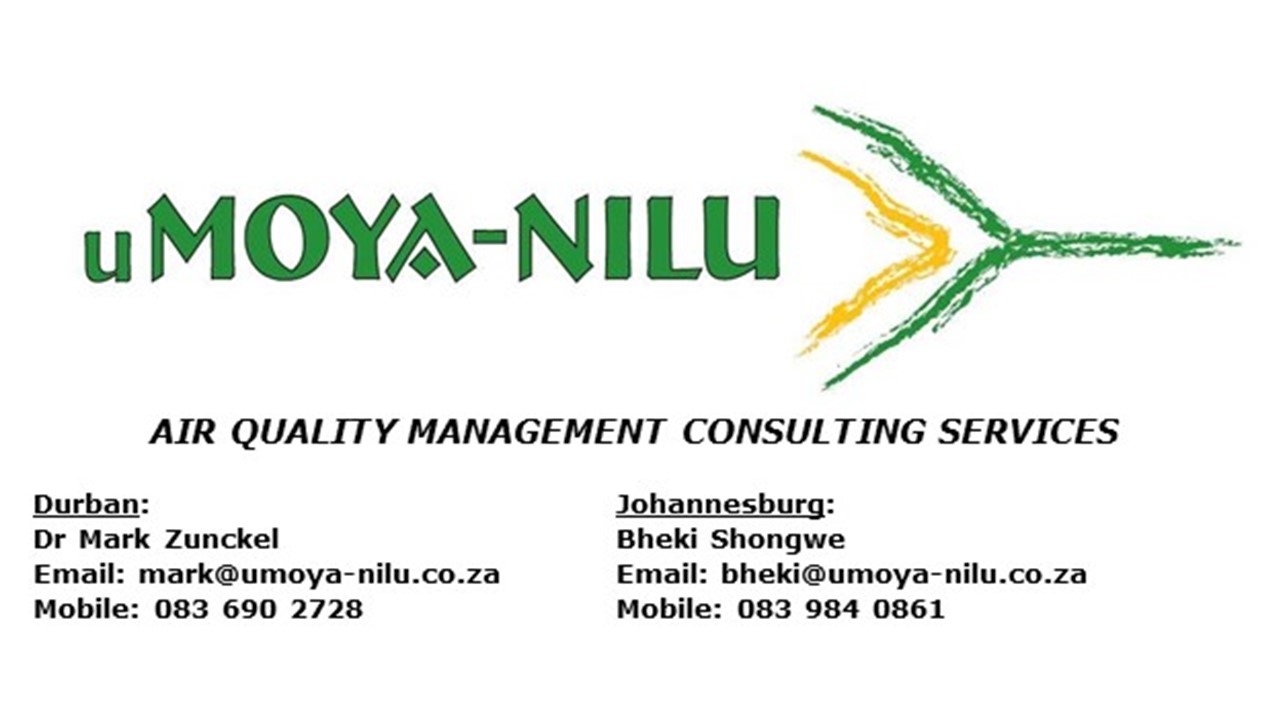Assessment of heavy metals and radionuclides in dust fallout in the West Rand mining area of South Africa
DOI:
https://doi.org/10.17159/2410-972X/2018/v28n2a17Keywords:
dust, radionuclides, enrichment factor, correlation coefficient, activity concentrationsAbstract
Windblown dust can contain radioactive materials from mining. These radionuclides when inhaled in dust produce ionizing radiation which damages the cells and tissues in the body. The aim of this study was to assess dust fallout radionuclides in the West Rand mining area of South Africa. Dust fallout monitoring was done using the method (ASTM) D-1739 of 1998 employing multi-directional buckets. Results show that all 9 locations investigated in the different seasons recorded dust fallout rates within stipulated residential limit according to the National Dust Control Regulations (NDCR) (Government Gazette 36974, 1 Nov 2013). Locations 3 in spring (301.93 mg/m2/day) and 6 in winter (589.8 mg/m2/day) recorded dust fallout rates with values above the target value of 300 mg/m2/day according to guidelines by South African Standards (SANS 1929:2011). The ANOVA tests (p-value < 0.05) indicate that the mean dust fallout rate is significantly different across the seasons, mean dust fallout rate in summer is significantly (p-value < 0.05) more than the autumn by 103.15 mg/m2/day. Moderate, positive correlations (0.4 ≤ r < 0.7) exist between average dust fallout rate and wind speed. A weak, negative correlation exist between average dust fallout rate and rainfall with a value of -0.393. All the investigated elements had Enrichment Factor (EF) greater than 1. Cadmium (Cd) and lead (Pb) were extremely enriched (68.36 and 43.48, respectively), whereas Thorium (Th) (7.26) and Chromium (Cr) (9.79) had significant enrichment. Activity concentrations obtained for 226Ra, 238U, 232Th and 40K were 53.59 ± 20.45 Bq/kg, 15.20 ± 6.74 Bq/kg, 6.62 ± 2.76 Bq/kg and 278.51 ± 84.39 Bq/kg, respectively. Activity concentrations were within world averages except 226Ra which exceeded the 32 Bq/kg world average. Statistically significant (p-value < 0.05), strong (0.7≤ r< 0.9) and positive correlation exists between 226Ra and 40K. A moderate, positive correlation (0.4 ≤ r < 0.7) exist between 238U and 232Th. Since EF values showed that the elements in the dust had anthropogenic influence, further studies should look at contributions of different sources to the elements found in dust.
Downloads
Downloads
Published
How to Cite
Issue
Section
License

All articles are published under a Creative Commons Attribution 4.0 International License; copyright is retained by the authors. Readers are welcome to reproduce, share and adapt the content without permission provided the source is attributed.








.png)